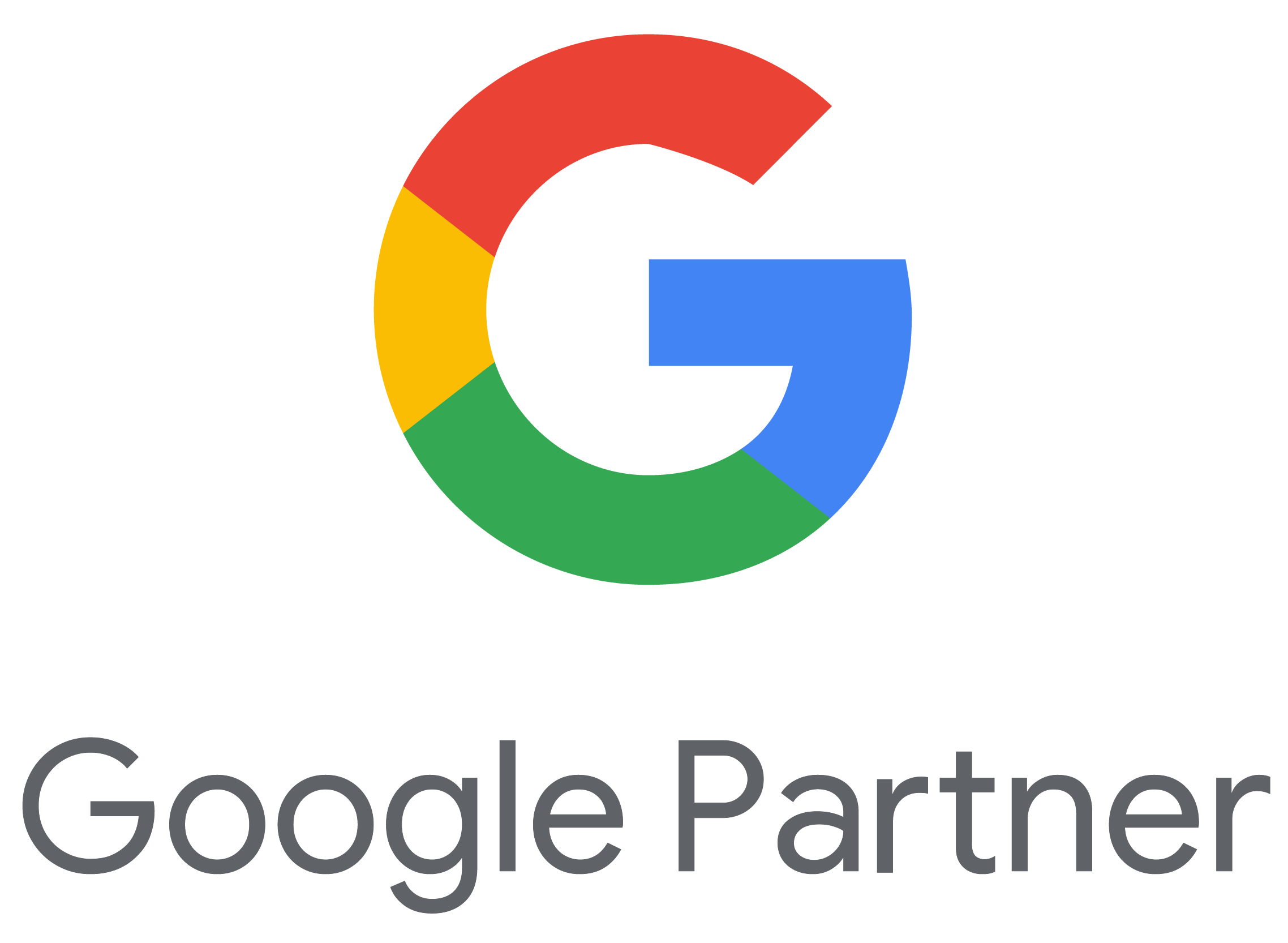Personalized Marketing in Higher Education: How to Tailor Your Messaging to Attract More Students

Attracting students today is more challenging than ever. Colleges can no longer rely on generic marketing messages that treat all prospects the same. Personalized marketing for colleges helps solve this by tailoring messages to each student’s interests and stage in their decision process.
Using data and smart tools, colleges can deliver relevant, timely content that connects with students on a personal level. This leads to higher engagement, more applications, and better enrollment outcomes. In this article, we’ll show how higher education marketers can use personalization strategies to stand out and attract more students effectively.
Understanding the Student Decision Journey in Higher Education
To personalize marketing effectively, it’s crucial to understand how students make decisions about college. The process can be broken down into four main stages:
Awareness Stage
- Students first learn about your college through ads, social media, or word of mouth.
- Messaging here should focus on building brand recognition and sparking interest.
Consideration Stage
- Prospects start comparing colleges, exploring programs, and gathering information.
- Personalized content like program highlights and student testimonials works well.
Application Stage
- Students decide to apply and need clear guidance on the process.
- Targeted reminders, application tips, and deadlines help move them forward.
Enrollment Stage
- Accepted students finalize their commitment and prepare to start.
- Messages about orientation, housing, and next steps keep them engaged.
Aligning your marketing messages with these stages ensures students receive relevant information when they need it most. Many colleges see better results when campaigns reflect this student journey.
Building the Foundation for Personalized Marketing in Colleges
Before diving into personalization tactics, colleges need a strong foundation built on data and clear audience understanding.
Data Collection and Student Segmentation
- Collect data from multiple sources: website behavior, CRM systems, social media, and event attendance.
- Segment students by demographics (age, location), interests (majors, activities), and engagement level (website visits, email opens).
- Example: A college segments prospects by program interest to send tailored emails about those courses.
Creating Student Personas
- Develop detailed profiles representing typical student types, such as “Career-Focused Sarah” or “Creative Arts Alex.”
- Use personas to guide messaging and choose the right channels for each group.
- Quick tutorial: Gather survey data, interview current students, and analyze enrollment trends to build personas.
Privacy and Ethical Considerations
- Follow laws like FERPA and GDPR to protect student data.
- Be transparent about data use and give students control over their information.
- Ethical personalization builds trust and improves engagement.
A solid data and segmentation strategy helps colleges deliver personalized marketing that feels relevant, respectful, and effective.
Personalized Marketing Strategies Tailored for Higher Education
Once the foundation is set, colleges can use specific tactics to personalize outreach and improve recruitment results.
Dynamic Email Marketing Campaigns
- Use dynamic content blocks to customize emails based on student interests and where they are in the enrollment funnel.
- Example: Sending a STEM program spotlight to students interested in science, while arts-focused content goes to others.
- Tutorial: Set up triggered emails for key actions like event sign-ups or incomplete applications to keep prospects engaged.
Personalized Website and Landing Pages
- Create landing pages tailored to specific programs or student personas for a more relevant browsing experience.
- Case study: A university increased application rates by 20% after launching personalized program landing pages.
- Tools: Use CMS platforms or marketing automation tools that support dynamic content.
Leveraging Social Media and Paid Ads
- Target ads using behavioral data and interests to reach the right audience on platforms like Facebook and Instagram.
- Example: Retarget students who visited your financial aid page with ads highlighting scholarships.
CRM-Driven Campaign Automation
- Automate communication workflows triggered by student actions such as form submissions or campus visits.
- Map out journeys to send timely messages that match each student’s stage and interests.
These strategies, when combined, create a personalized experience that guides students smoothly from awareness to enrollment.
Measuring the Impact of Personalized Marketing for Colleges
To ensure your personalized marketing efforts are working, tracking the right metrics is essential.
Key Metrics to Track
- Application Rates: Monitor changes in the number and quality of applications after personalization.
- Engagement Rates: Measure email open rates, click-throughs, and website interactions to see if messages resonate.
- Conversion Rates: Track how many prospects move from one stage of the funnel to the next (e.g., inquiry to application).
- Attribution: Use multi-touch attribution models to understand which personalized touchpoints have the greatest impact.
Overcoming Common Challenges in Personalized Marketing for Higher Education
Personalized marketing brings great benefits but also comes with hurdles. Here’s how colleges can tackle the most common issues:
Data Silos and Integration Issues
- Many colleges struggle with fragmented data stored in different systems.
- Solution: Invest in platforms or tools that integrate CRM, website analytics, and admissions data for a unified student view.
Resource Constraints and Technology Adoption
- Smaller teams or limited budgets can make personalization feel overwhelming.
- Tip: Start with simple tactics like segmented email campaigns and expand gradually as resources allow.
- Use user-friendly marketing automation tools designed for higher ed.
Ensuring Consistency Across Departments and Channels
- Misalignment between marketing, admissions, and communications can dilute personalization efforts.
- Best practice: Establish clear workflows and shared goals to keep messaging consistent across touchpoints.
By addressing these challenges thoughtfully, colleges can build effective, scalable personalized marketing programs.
Future Trends in Personalized Marketing for Colleges
As technology and student expectations evolve, personalized marketing in higher education will continue to advance. Here are key trends to watch:
AI and Machine Learning in Student Recruitment
- Predictive analytics will help identify students most likely to enroll and succeed.
- AI-driven content recommendations can deliver highly tailored messaging at scale.
Omnichannel Personalization
- Integration of online and offline channels will create seamless student experiences.
- Example: Coordinated messaging via email, social media, campus visits, and phone outreach.
Focus on Student Experience Post-Enrollment
- Personalization will extend beyond recruitment to support retention and engagement.
- Messaging tailored to students’ academic progress, campus involvement, and career goals.
Staying ahead of these trends will help colleges remain competitive and better meet the needs of today’s students.
Final Thoughts and Next Steps for Higher Education Marketers
Personalized marketing for colleges is no longer optional — it’s essential to connect with today’s diverse and digitally savvy student population. By leveraging data, aligning messaging with the student decision journey, and using targeted strategies, institutions can boost engagement, increase applications, and improve enrollment outcomes.
Start by building a solid data foundation and creating student personas. Then, implement personalized emails, landing pages, and automated workflows tailored to each stage of the funnel. Measure your results carefully, and don’t be afraid to adjust based on what the data tells you.
With thoughtful planning and consistent effort, personalized marketing can transform your student recruitment strategy and help your college stand out in a crowded marketplace. Take the first step today to create marketing experiences that truly resonate with prospective students.
To get expert support in crafting and executing personalized marketing campaigns for your institution, visit adclear.in and discover tailored solutions that drive results.
Frequently Asked Questions (FAQs)
Personalized marketing for colleges involves tailoring messages and marketing campaigns to individual student interests, behaviors, and decision stages. This approach helps institutions connect more effectively with prospective students and increase enrollment.
Colleges can collect and analyze data from CRM systems, website interactions, and social media to segment students by interests and engagement levels. This data-driven approach enables targeted messaging that boosts applications and improves communication.
Personalized email marketing increases engagement by sending relevant content based on the student’s preferences and where they are in the application process. It helps nurture prospects, reduces drop-offs, and drives more completed applications.
Personalized marketing aligns messaging with each stage of the enrollment funnel—awareness, consideration, application, and enrollment—ensuring students receive timely, relevant information that supports their decision-making journey.




